Experts at Weill Cornell Medicine in New York are using gene editing tool CRISPR to alter a string of human genetic code which is known to increase the risk of developing some cancers.
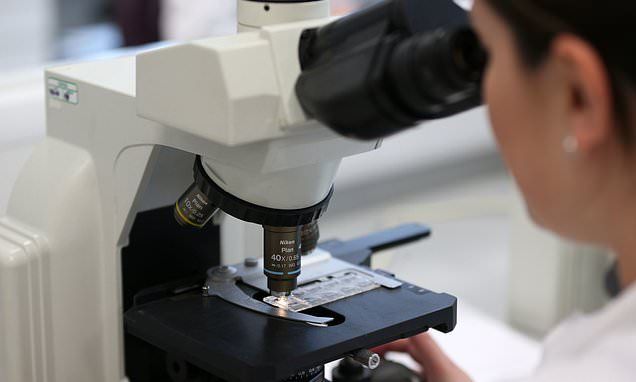



But to generate the kind of long-term data set necessary for breakthroughs in precision medicine — which uses genomic, physiological and other data to tailor treatments to individuals — All of Us must retain these participants, ideally throughout their lives. That’s where genetic counselling comes in.
A firm hired by the National Institutes of Health will work with participants in a research programme that plans to sequence one million genomes.
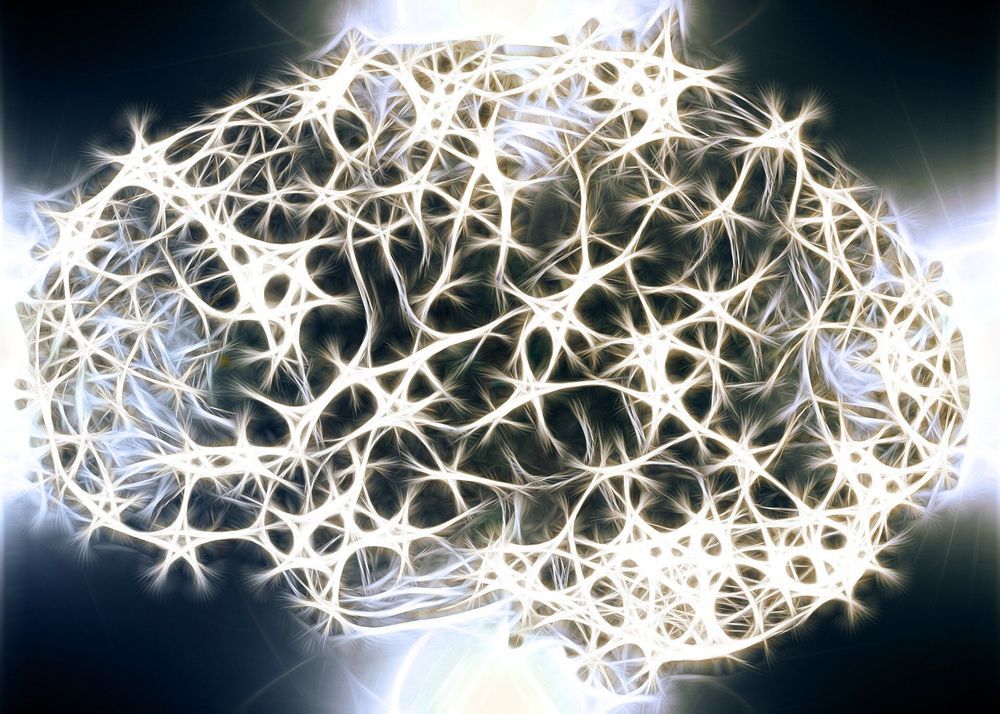
Scientists have identified a specific gene they believe could be a key player in the changes in brain structure seen in several psychiatric conditions, such as schizophrenia and autism.
The team from Cardiff University’s Neuroscience and Mental Health Research Institute has found that the deletion of the gene CYFIP1 leads to thinning of the insulation that covers nerve cells and is vital for the smooth and rapid communications between different parts of the brain.
The new findings, published in the journal Nature Communications and highlighted in the journal Nature Reviews Neuroscience, throws new light on the potential cause of psychiatric conditions and could ultimately point to new and more effective therapies.

BERKELEY, Calif., Aug. 20, 2019 /PRNewswire/ — Today, the U.S. Patent and Trademark Office has awarded a new patent (U.S. 10,385,360) to the University of California (UC), University of Vienna, and Dr. Emmanuelle Charpentier covering nucleic acid molecules encoding single-molecule guide RNAs, as well as CRISPR-Cas9 compositions comprising single-molecule guide RNAs or nucleic acid molecules encoding single-molecule guide RNAs.
Over the past six months, UC’s U.S. CRISPR-Cas9 portfolio has sharply increased, and to date includes 11 separate patents for methods and compositions related to the gene-editing technology. Looking ahead, UC anticipates at least six additional related patents issuing in the near future, bringing UC’s total portfolio to 17 patents and spanning various compositions and methods including targeting and editing genes in any setting, such as within plant, animal, and human cells. The portfolio also includes patents related to the modulation of transcription.
“The USPTO has continually acknowledged the Doudna-Charpentier team’s groundbreaking work,” said Eldora L. Ellison, Ph.D., lead patent strategist on CRISPR-Cas9 matters for UC and a Director at Sterne, Kessler, Goldstein & Fox. “True to UC’s mission as a leading public university, the patent granted today and others in its CRISPR-Cas9 portfolio will be applied for the betterment of society.”
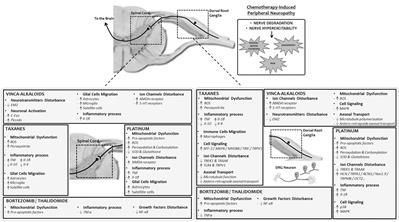
Neurotoxic anticancer drugs, such as platinum-based anticancer drugs, taxanes, vinca alkaloids, and proteasome/angiogenesis inhibitors are responsible for chemotherapy-induced peripheral neuropathy (CIPN). The health consequences of CIPN remain worrying as it is associated with several comorbidities and affects a specific population of patients already impacted by cancer, a strong driver for declines in older adults. The purpose of this review is to present a comprehensive overview of the long-term effects of CIPN in cancer patients and survivors. Pathophysiological mechanisms and risk factors are also presented. Neurotoxic mechanisms leading to CIPNs are not yet fully understood but involve neuronopathy and/or axonopathy, mainly associated with DNA damage, oxidative stress, mitochondria toxicity, and ion channel remodeling in the neurons of the peripheral nervous system. Classical symptoms of CIPNs are peripheral neuropathy with a “stocking and glove” distribution characterized by sensory loss, paresthesia, dysesthesia and numbness, sometimes associated with neuropathic pain in the most serious cases. Several risk factors can promote CIPN as a function of the anticancer drug considered, such as cumulative dose, treatment duration, history of neuropathy, combination of therapies and genetic polymorphisms. CIPNs are frequent in cancer patients with an overall incidence of approximately 38% (possibly up to 90% of patients treated with oxaliplatin). Finally, the long-term reversibility of these CIPNs remain questionable, notably in the case of platinum-based anticancer drugs and taxanes, for which CIPN may last several years after the end of anticancer chemotherapies. These long-term effects are associated with comorbidities such as depression, insomnia, falls and decreases of health-related quality of life in cancer patients and survivors. However, it is noteworthy that these long-term effects remain poorly studied, and only limited data are available such as in the case of bortezomib and thalidomide-induced peripheral neuropathy.
Platinum-based anticancer drugs (i.e., cisplatin, oxaliplatin), proteasome/angiogenesis inhibitors (bortezomib/thalidomide), vinca alkaloids (i.e., vincristine, vinorelbine) and taxanes (i.e., paclitaxel, docetaxel) are the most common anticancer drugs used as first-line chemotherapy for several cancers, including colorectal, gastric, breast and lung cancers, and multiple myeloma. Despite their different action mechanisms, all these anticancer drugs share a common adverse and disabling effect for patients, namely CIPN (Balayssac et al., 2011). CIPN has a considerable impact on cancer treatments and their related symptoms severely affect patients’ daily activities and quality of life. Thus CIPN is often the main adverse effect leading to the reduction or discontinuation of chemotherapy.
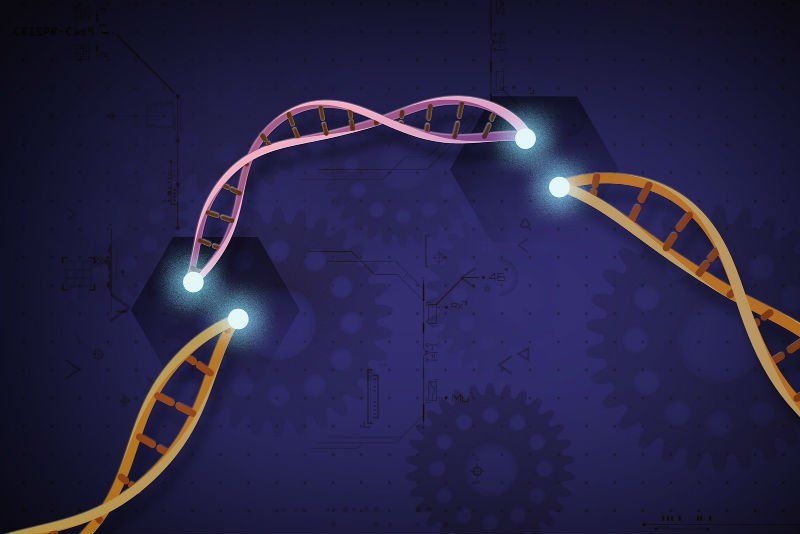
The evolving gene-editing technology CRISPR-Cas9 is useful for changing one gene, or maybe a few genes at a time. A team at ETH Zurich has tweaked the technology so they can change 25 different gene sites at once. Instead of using the Cas9 enzyme to do the DNA cutting, though, they used Cas12a. That allowed them to create a long “address list” of gene sites to target, they explained in the journal Nature Methods. They created a DNA molecule called a plasmid to store the list, inserted it in human cells and were able to modify several genes, they reported. (Release)
Chemotherapy and radiation suppress blood stem cells, often for several weeks or even months after cancer treatments are complete. This leaves patients vulnerable to infections and other health problems. Scientists at the University of California, Los Angeles have created a new drug that targets the protein tyrosine phosphatase-sigma (PTP-sigma), which is prevalent on blood stem cells. They showed that blocking the protein in rodent models with the drug, called DJ009, helped blood cells recover more quickly after they were damaged by radiation. They published their findings in the journal Nature Communications. (Release)

Researchers at the Stanford University School of Medicine report in a new study that they found a way to help rats recover neurons in the brain’s center of learning and memory. They accomplished the feat by blocking a molecule that controls how efficiently genetic instructions are used to build proteins.
If the approach described in the study can be applied to humans, it may one day help patients who’ve suffered a stroke, cardiac arrest or major blood loss and are thus at higher risk of memory loss.
In the study, to be published online Aug. 19 in eNeuro, researchers induced extremely low blood pressure—as would happen when the heart stops beating—in rats. These rats lost neurons in a specific region of the hippocampus critical to learning and memory, but the researchers improved the animals’ recovery of the cells by injecting a molecule that blocks a microRNA: a short molecule that tweaks gene activation by preventing the conversion of genetic blueprints into proteins. Interestingly, the scientists found that a microRNA blockade potentially causes astrocytes—cells that support neurons and make up 50% of the cells in the brain—to turn into neurons.
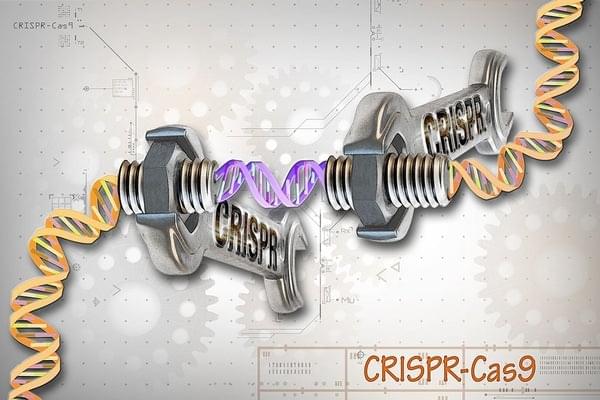
A letter was recently published in Nature on 329,000 young people identifying 74 genetic variants—spelling mistakes in single nucleotides in the six billion letter human genome—which can be used to predict nearly 20 percent of the variation in school years completed, a quantitative trait of fortitude which is correlated to general intelligence, and which you can learn about by sequencing your own genome.
Staple that to your college application.
Even before the “molecular age,” we were on guard for the slightest tips that show we are more or less valued than our peers. But there was also caution from the academics that there was actually very little we could do to leverage our biology for improvement. In 1924, the Harvard geneticist William Castle quipped that “we are scarcely as yet in a position to do more than make ourselves ridiculous in this matter. We are no more in a position to control eugenics than the tides of the ocean.”

Some people live much longer than average, partly thanks to their DNA. A study, published in the European Heart Journal, shows that it could be possible to replicate this genetic gift even for those lacking it. The way is now open to an innovative therapy model capable of preventing and fighting cardiovascular diseases through a real rejuvenation of blood vessels.
The study, conducted by the I.R.C.C.S. Neuromed, the I.R.C.C.S. Multimedica and the Department of Medicine, Surgery, and Dentistry, Salerno Medical School University of Salerno, with the support of the Cariplo Foundation and the Italian Ministry of Health, focuses on the gene that encodes the BPIFB4 protein. In the past, the same research group had identified a variant of this gene, the so-called LAV (“longevity associated variant”), which prevails in people over 100 years of age. Now, through a viral vector, researchers have inserted the LAV-BPIFB4 gene into the DNA of animal models particularly susceptible to atherosclerosis and, consequently, to cardiovascular diseases.
“The results—says Annibale Puca, coordinator of a research team at the University of Salerno and at I.R.C.C. MultiMedica—were extremely encouraging. We observed an improvement in the functionality of the endothelium (the inner surface of blood vessels), a reduction of atherosclerotic plaques in the arteries and a decrease in the inflammatory state.”